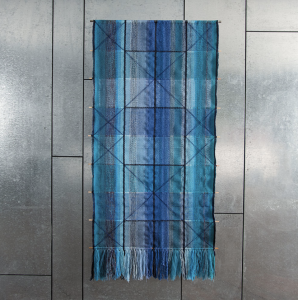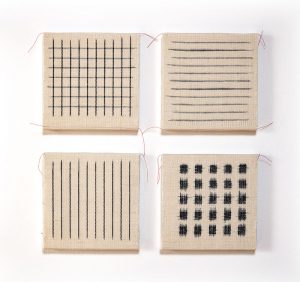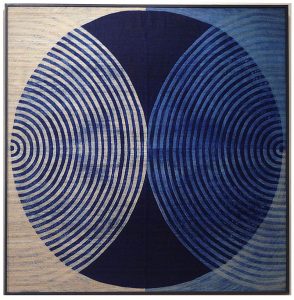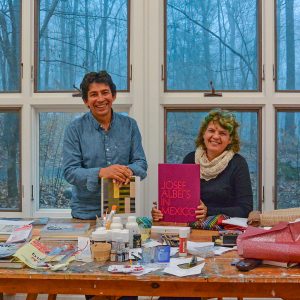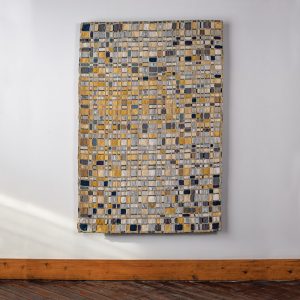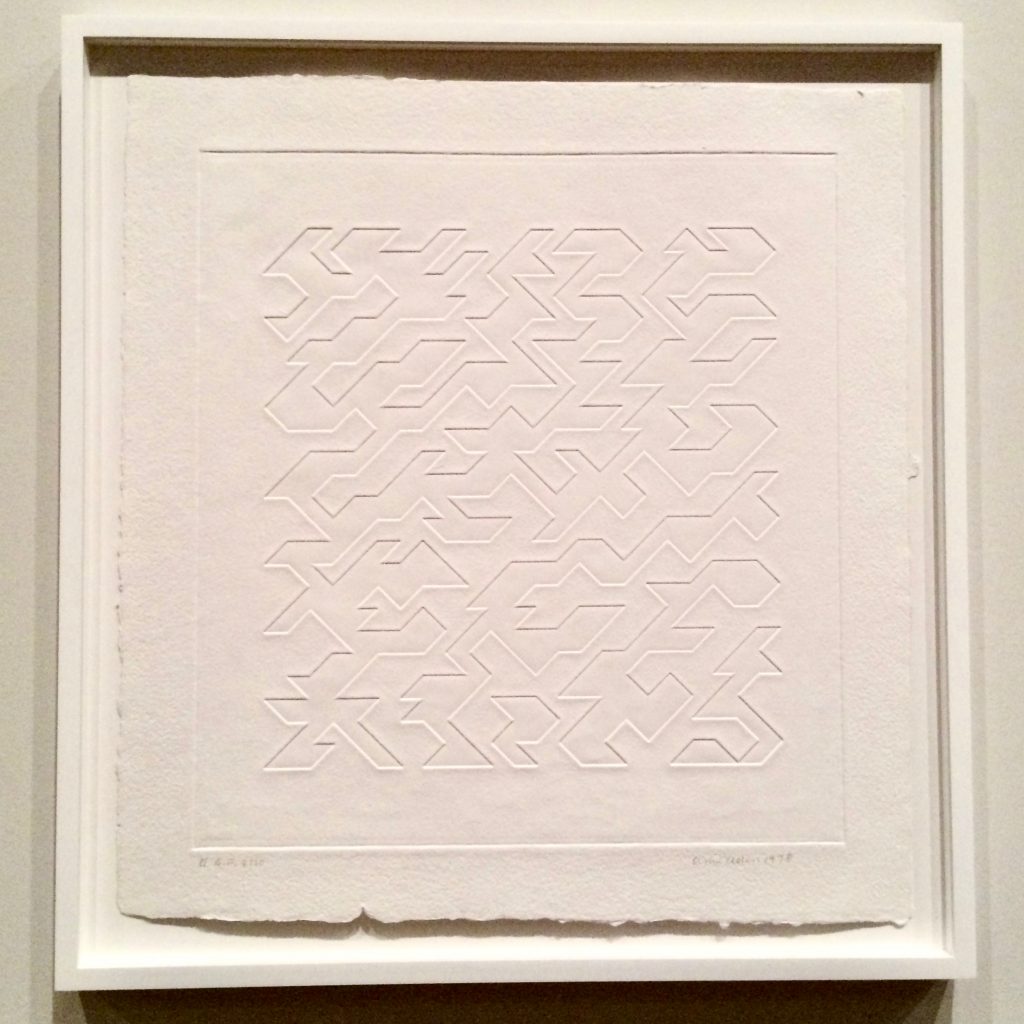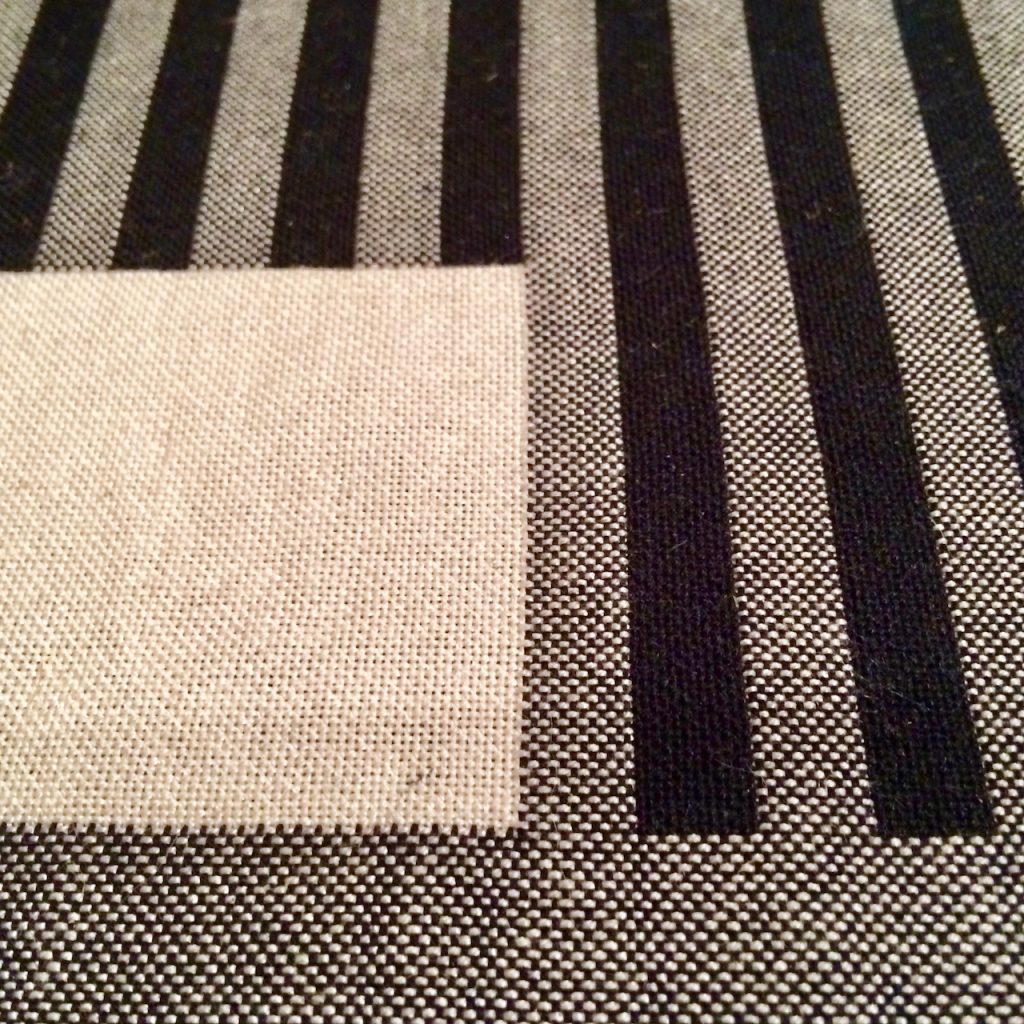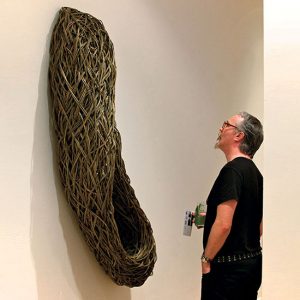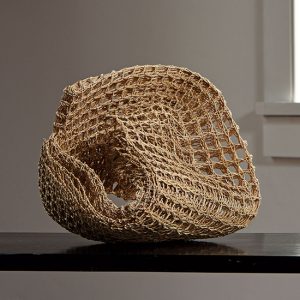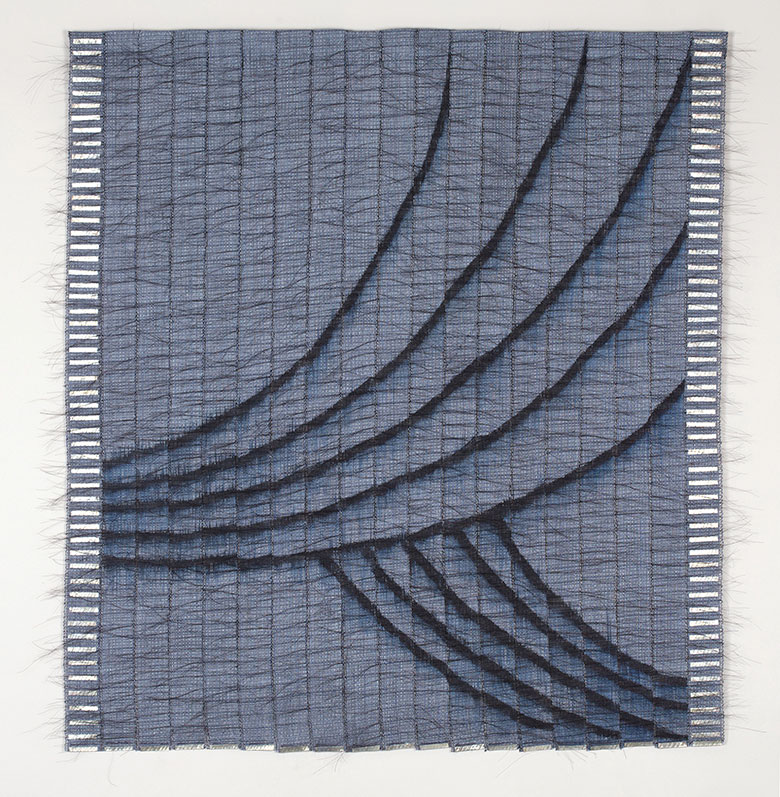A new year and new art, oh my!
We kicked off the new year with Shin Young-ok’s Mind Garden. The varied blue hues of Mind Garden immediately draw your attention, leaving you with a desire to look deeper into
Marianne Kemp’s Togetherasone was also on social-media display this month. Present in much of Kemp’s work is horsehair, a material which constantly fuels her creativity. Kemp’s unconventional weaving techniques give each of her pieces a unique character. That uniqueness is further elevated by her unparalleled use of texture, color
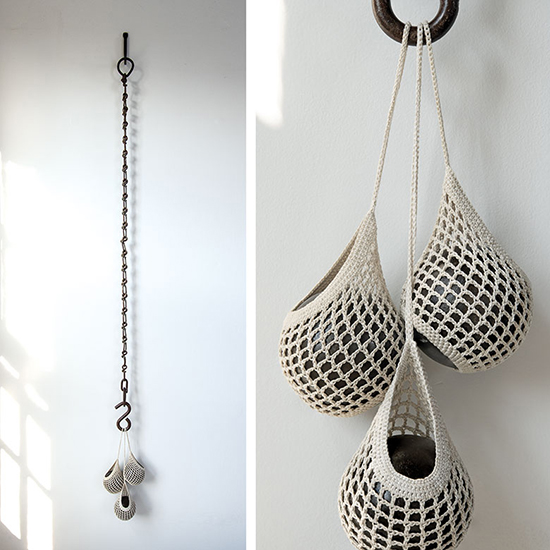
Next up, we shared Tasting Green by Deborah Valoma. Ingesting, bathing in, and dying with a distillation of stinging nettles leaves for a period of two months has produced a multi-sensory experience of green, for Valoma. “My body has been steeped in the smell, flavor, and feel of
For Gizella Warburton, last in our social media queue for January, the process of making is visceral. “The materiality of cloth, paper, thread, wood

